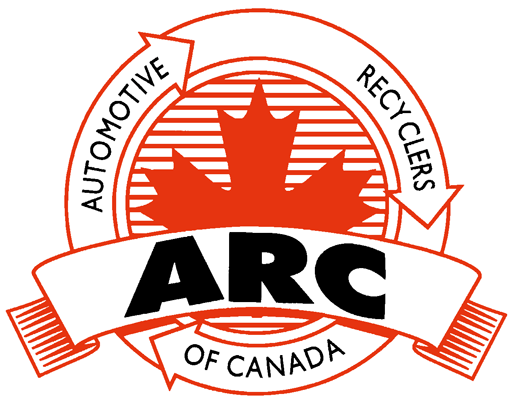On October 28, 2025, the Superior Court of Québec granted Companies’ Creditors Arrangement Act (CCAA) protection to Lithion Technologies Inc., along with its affiliates Lithion St-Bruno Inc. and Lithion International Inc. The court appointed KPMG Inc. as monitor, with Ernst & Young Orenda leading a sale and investment solicitation process under the oversight of Investissement Québec (IQ), one of Lithion’s major secured creditors.
Lithion’s Saint-Bruno-de-Montarville facility, which came online in late 2024 at an estimated cost of $40 million, had been a cornerstone in Canada’s emerging electric-vehicle (EV) battery recycling ecosystem. The facility processed end-of-life EV batteries and manufacturing scrap into “black mass”—a concentrated mix of lithium, nickel, and cobalt—and was envisioned as part of a larger “urban mining” network that would eventually refine those materials back into battery-grade metals.
Despite more than $100 million in total investment and support from partners including General Motors Ventures and Investissement Québec, Lithion struggled to secure long-term equity in a slowing EV-battery market. The company reported continued operating losses and, by fall 2025, faced an imminent cash shortfall that led to the CCAA filing.
Impact on Canada’s National EV Battery Recovery Program
Lithion’s shutdown carries immediate operational consequences. The company had been one of theprocessors supporting the national EV Battery Recovery Program, established by the Canadian Vehicle Manufacturers’ Association (CVMA) and the Global Automakers of Canada (GAC), and operated by Call2Recycle.
In a communication to partners, Deborah Poon, Director of Account Management at Call2Recycle, confirmed that:
“Lithion was one of our processors as well, and as a result we are redirecting the EV batteries to alternative processing facilities. Unfortunately, this will have an impact on logistics and associated costs as we will need to send these batteries to our processors in the U.S.”
While the redirection ensures continued processing capacity, it also means longer transportation routes, higher associated costs, and potential collection delays as logistics adapt. These challenges come on top of concerns already raised by collectors about pickup timelines and communication clarity during the program’s rollout earlier this year.
Broader Industry Reflections
The situation underscores the fragility of Canada’s current EV battery recovery network, which remains heavily reliant on a limited number of specialized facilities. As the volume of end-of-life EV batteries continues to grow, system resiliency will depend on expanding domestic processing capacity, ensuring stable funding, and establishing contingency protocols for service disruptions.
It also highlights the infancy of Canada’s re-use and re-purposing sectors—important steps that should precede recycling wherever possible. Batteries that can be repaired, re-used, or repurposed for secondary applications such as stationary energy storage retain significant economic and environmental value. But when those pathways are exhausted, recycling remains an essential final step to safely recover critical minerals and close the loop in a sustainable battery supply chain.
Many in the recycling sector see this as further justification for a formal Extended Producer Responsibility (EPR) framework for EV batteries—one that includes enforceable service standards, transparent funding mechanisms, and backup processing capacity.
The Automotive Recyclers of Canada (ARC) and the Ontario Automotive Recyclers Association (OARA) are continuing discussions with Call2Recycle and program partners to clarify any immediate deviations from the original collection service levels and to ensure clear communication with collection sites.
While the immediate impact may be logistical, the longer-term implication is strategic: Canada’s ability to sustain a circular battery supply chain will hinge not just on innovation, but on building systems resilient enough to weather market and financial turbulence.
